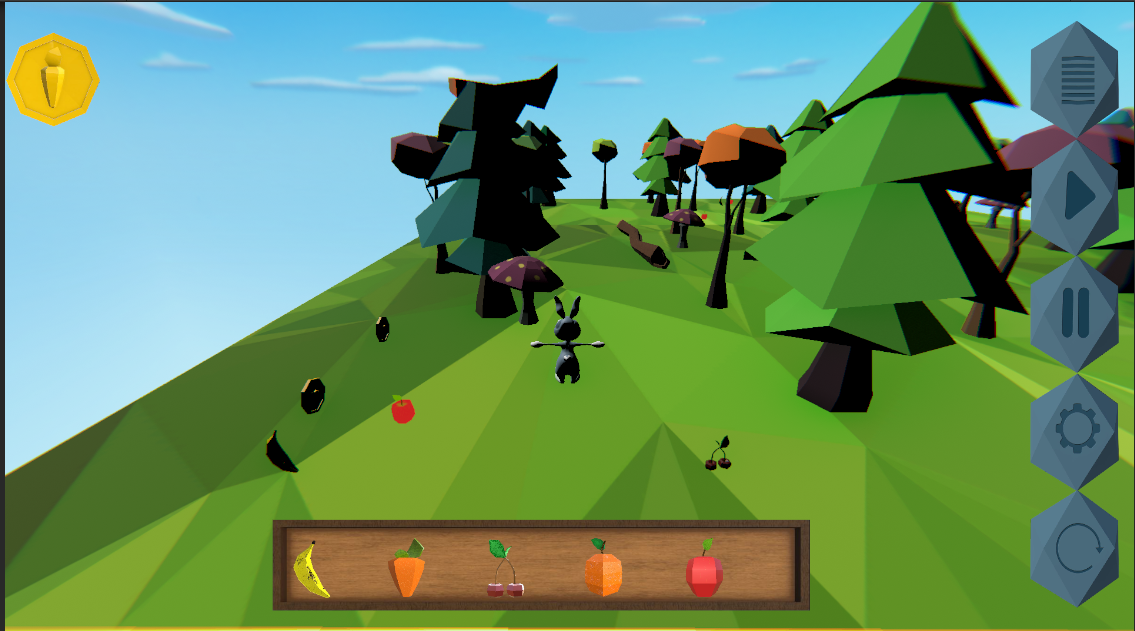

With fewer than 50 individuals left, the Columbia Basin pygmy rabbit was a whisker away from extinction. In 2001, biologists monitoring the rabbits could only find one colony, landing the species on the federal endangered species list.

The rabbits’ native habitat has been fragmented by development and farming. Under normal circumstances, they play a critical role in the local food chain: They feast on the plateau’s pungent sagebrush for at least half of their diet, and in turn raptors, weasels and coyotes feast on them.īut human presence has battered their existence. With bodies about the size of a mango, they are North America’s smallest rabbit species, and among the only ones to dig their own burrows.įor thousands of years, these rabbits have lived on the Columbia Plateau, which stretches across eastern Washington and Oregon and into Idaho. The fire-which came to be known as the Sutherland Canyon Fire-was one of many obstacles Gallie and others have faced in two decades of attempts to boost the population of the Columbia Basin pygmy rabbit. Gallie and his crew were determined to do whatever they could to save the endangered animals, just as they had worked to save the rabbits from a seemingly endless series of disasters before. But Gallie had a singular reason to stay: He wanted to help protect the endangered species here that he had spent the last five years of his life working to restore.Īcross the shrub-steppe, pygmy rabbits were sheltering in burrows in the fire’s path.

Some might argue the undeveloped shrublands might have been better left alone to burn. “Firefighters were asking us what the hell we were doing there,” he says. Gallie’s eyes stung from burning sagebrush. Instead, a swirling maelstrom of smoke and flames was burning through acre after acre. This shrub-steppe landscape is usually a serene expanse of pale green. In June 2017, Jon Gallie, a wildlife biologist with the Washington Department of Fish and Wildlife, watched from a ridge as wildfire tore across the dry hills of eastern Washington.


 0 kommentar(er)
0 kommentar(er)
